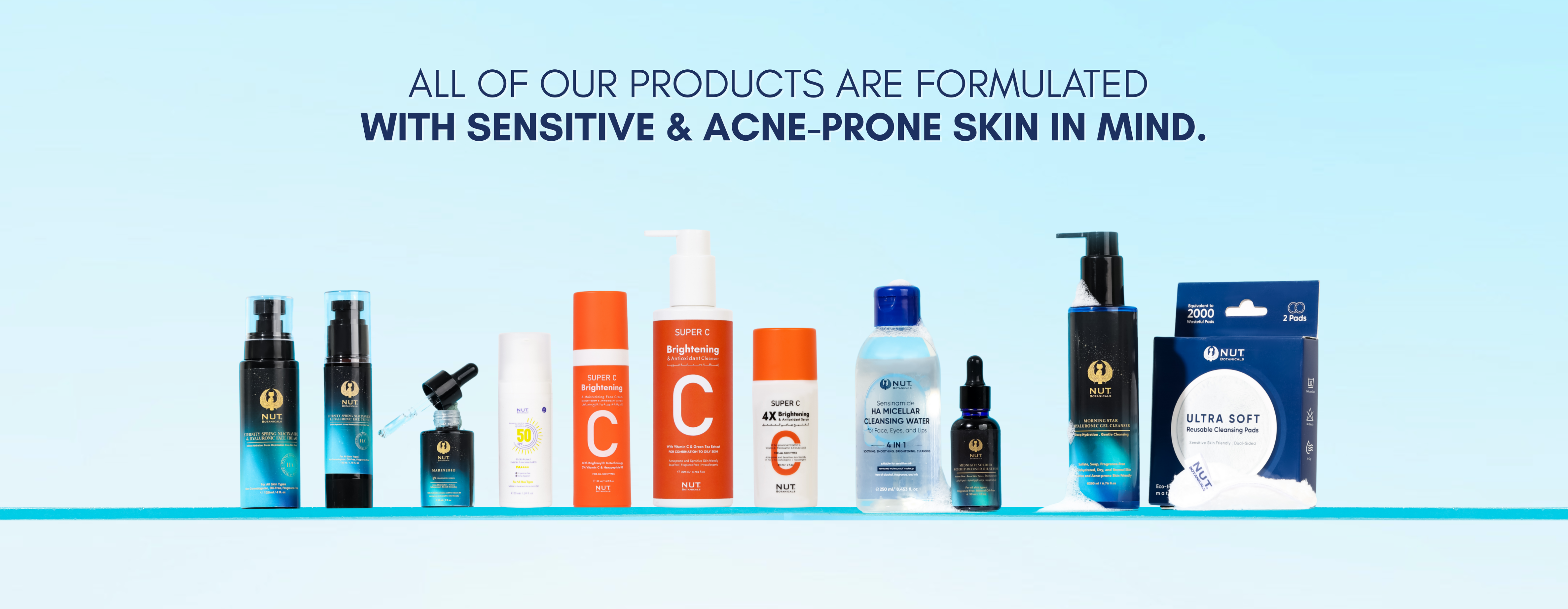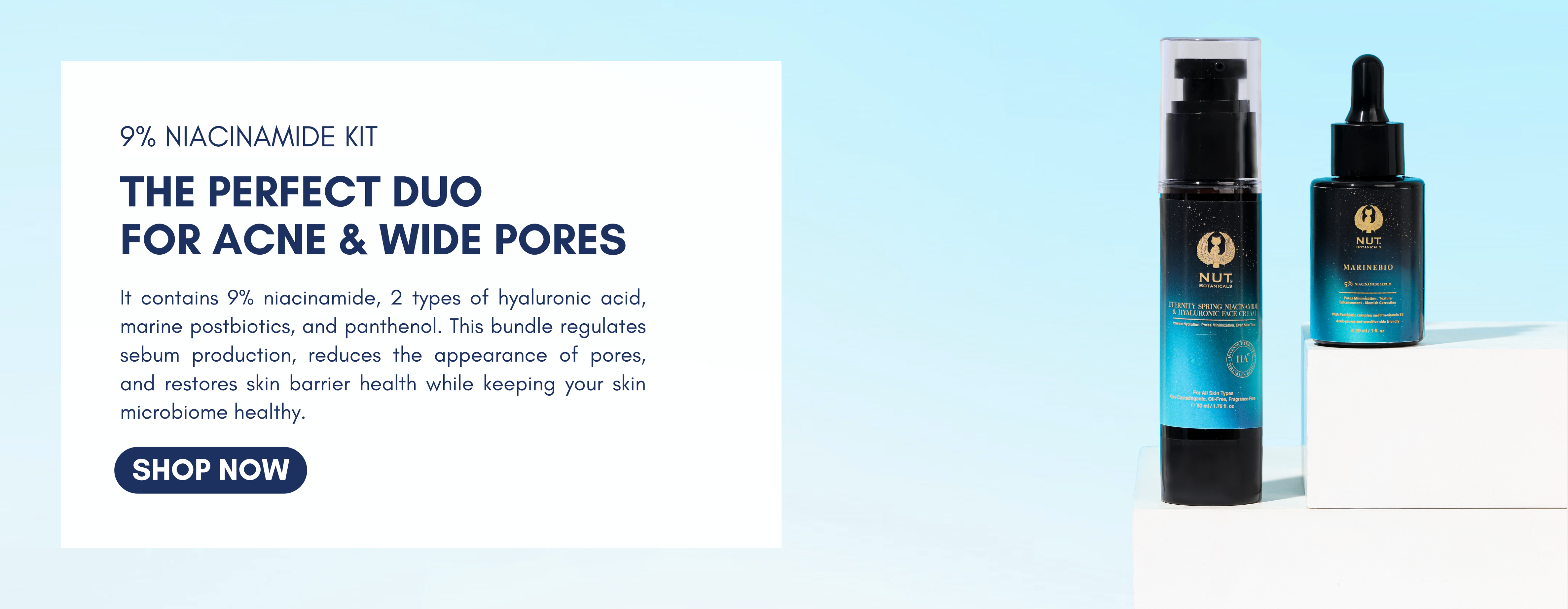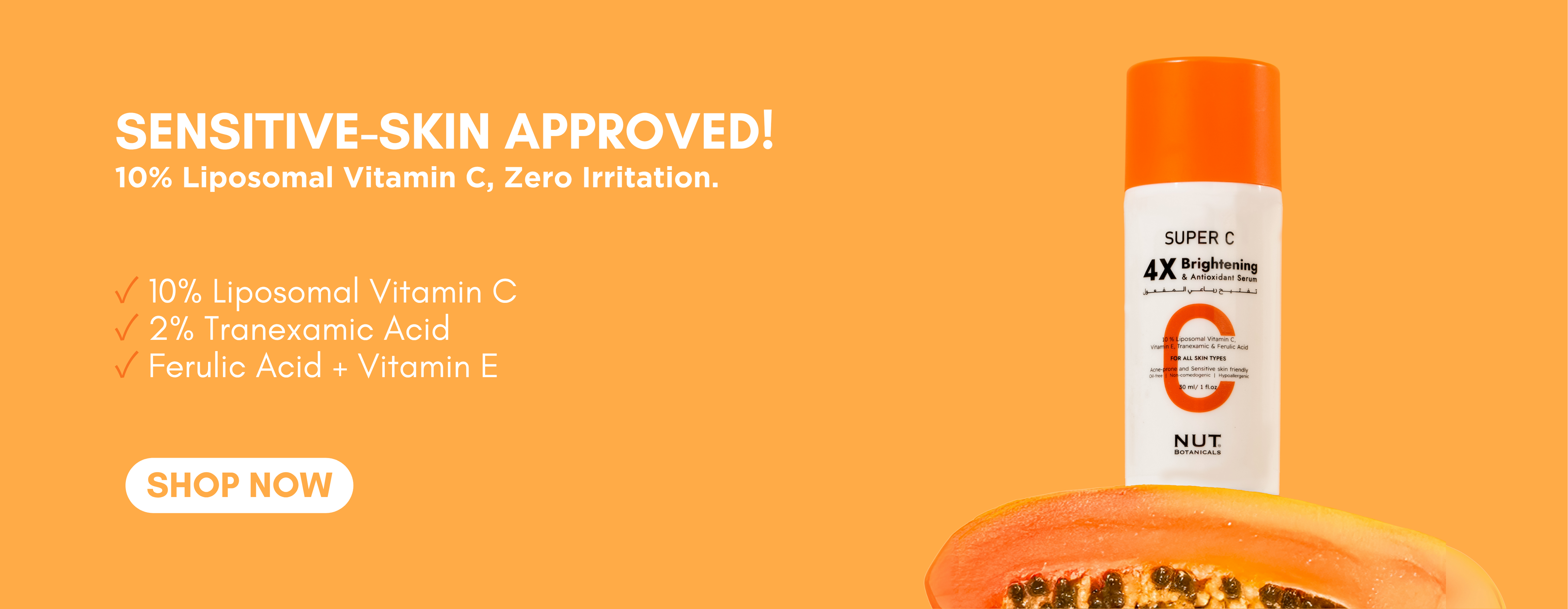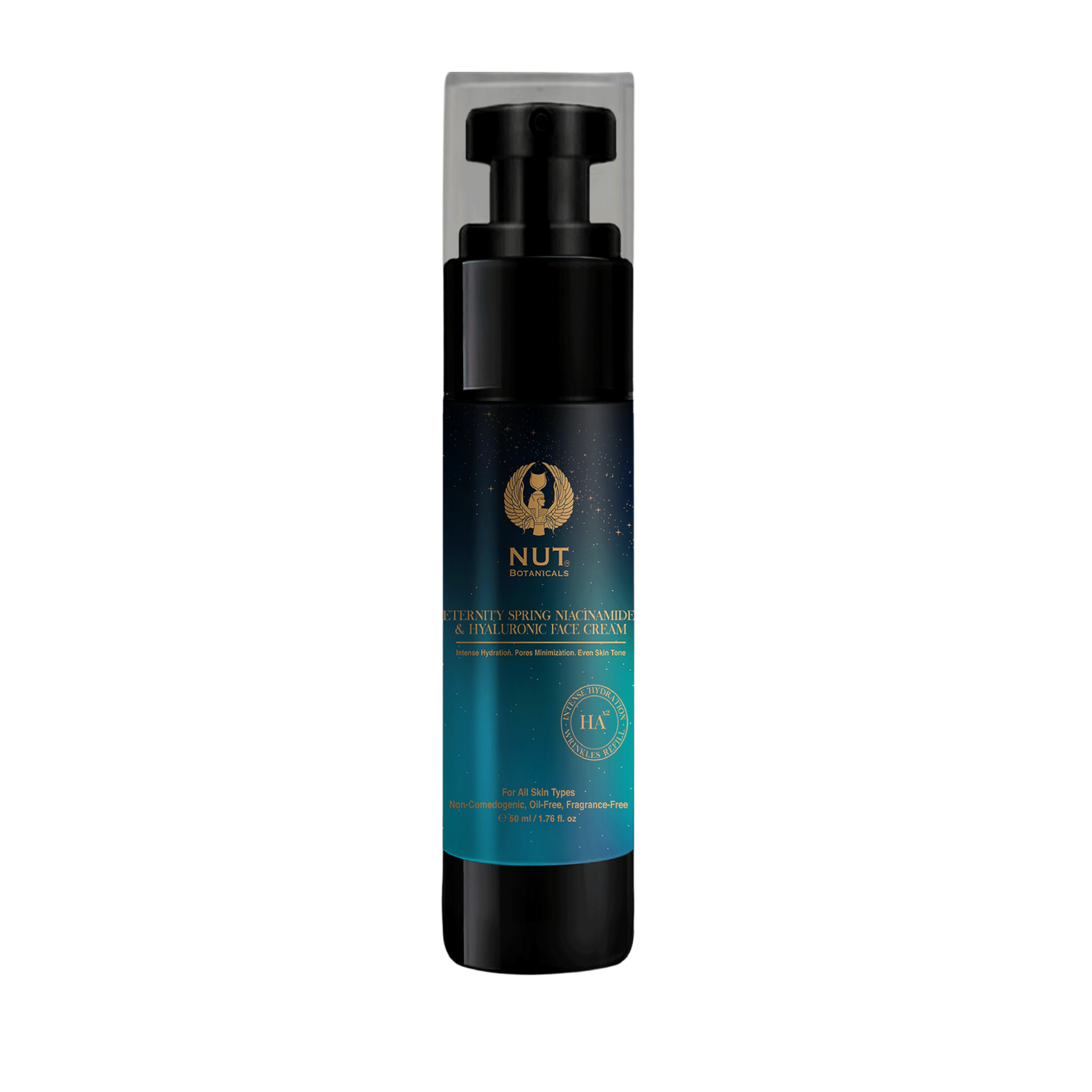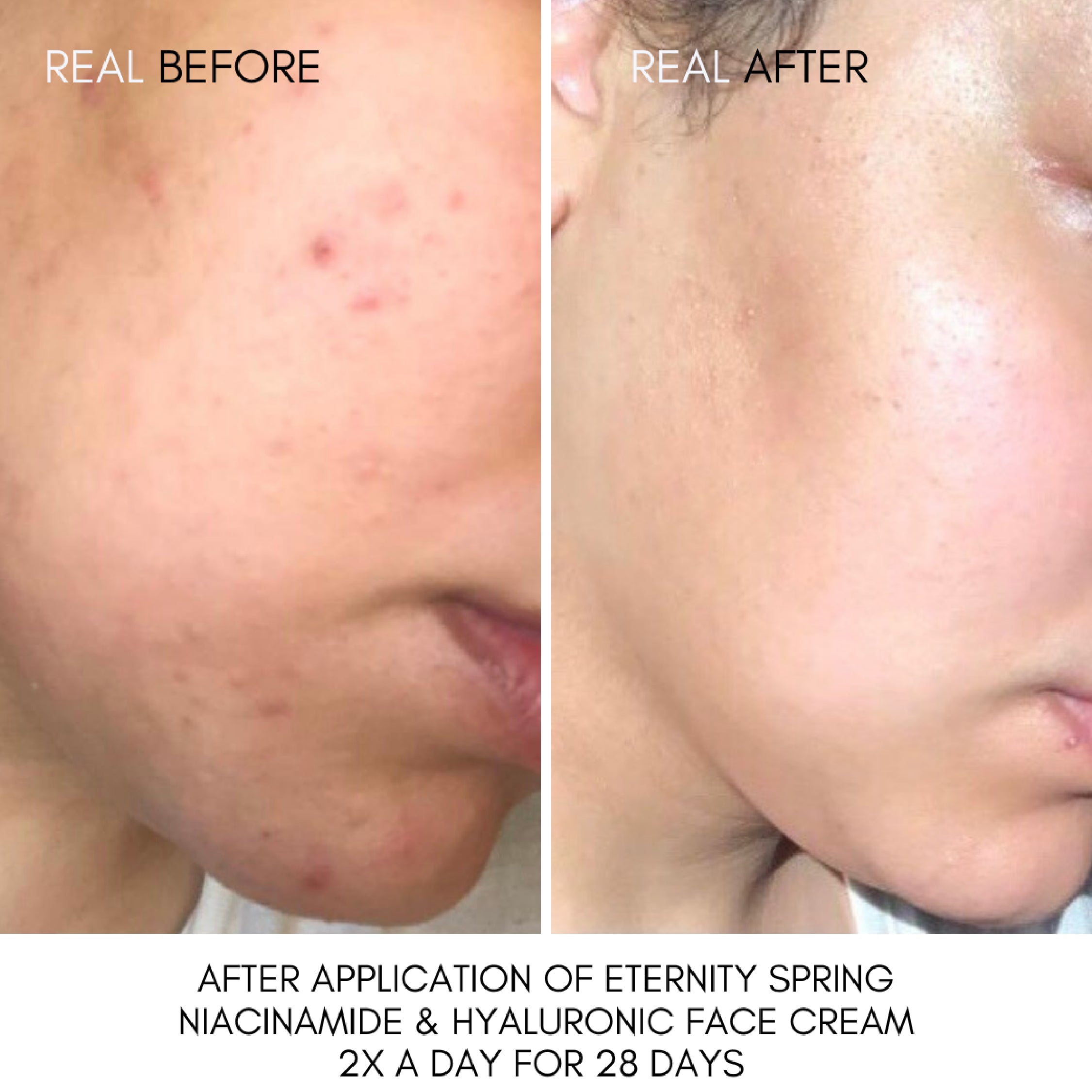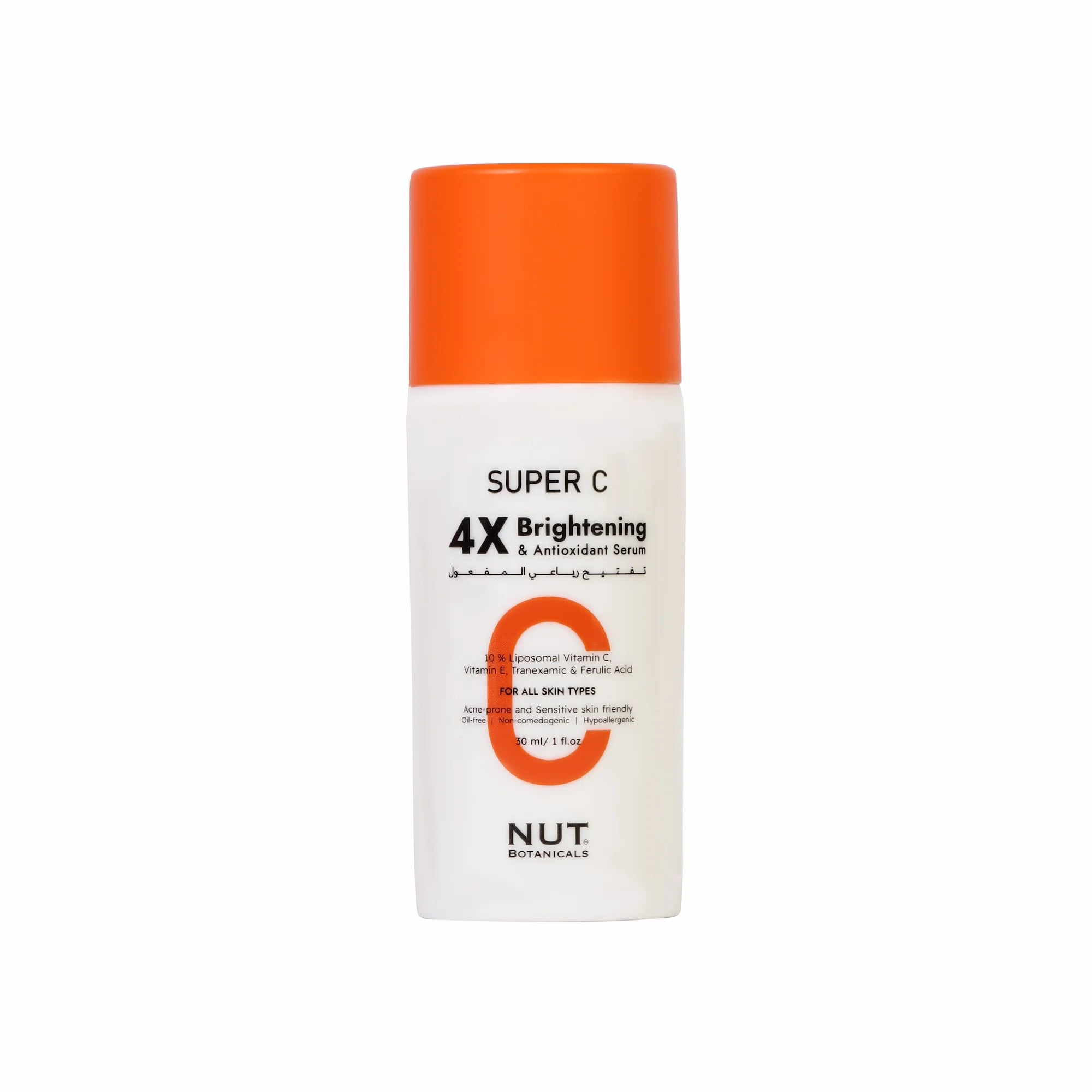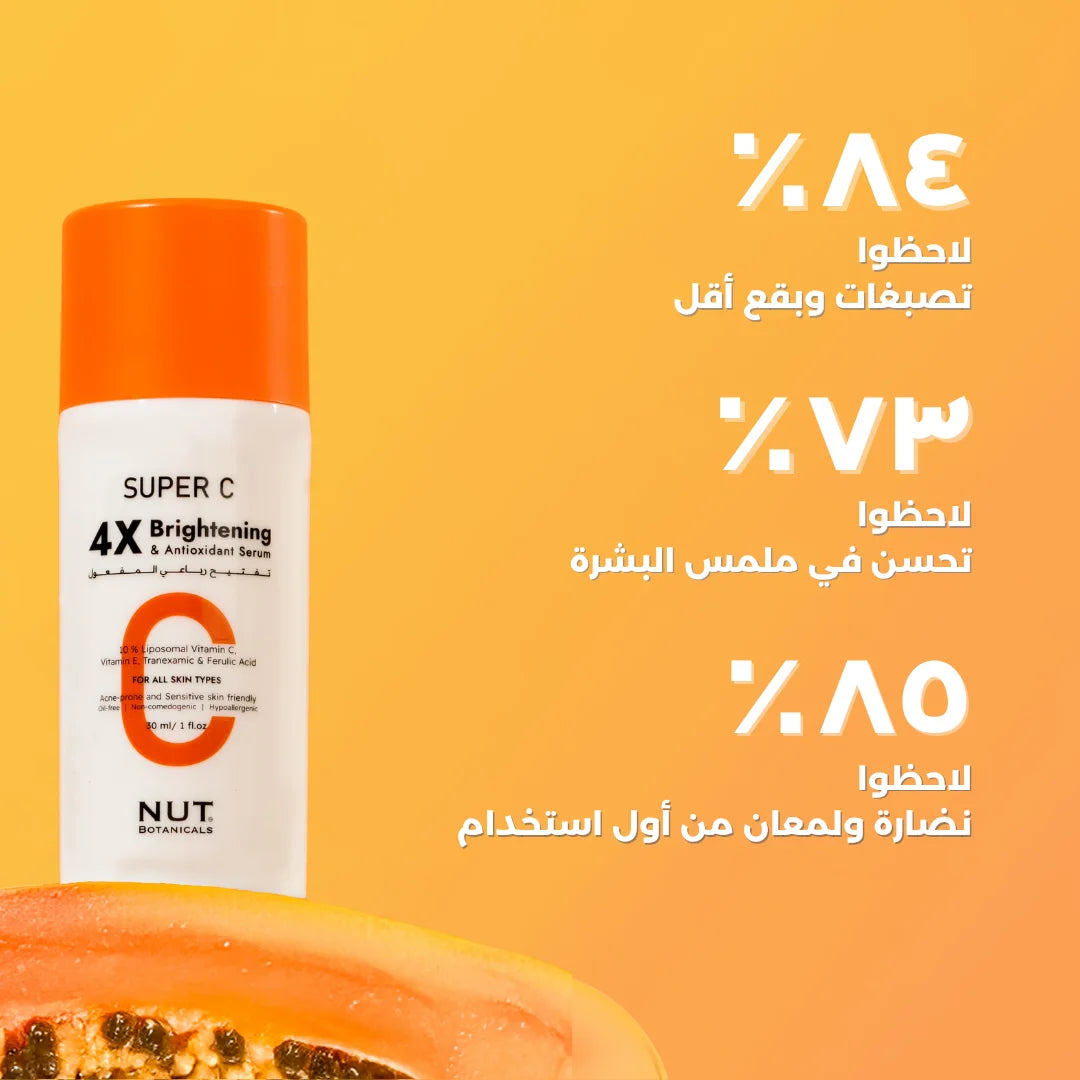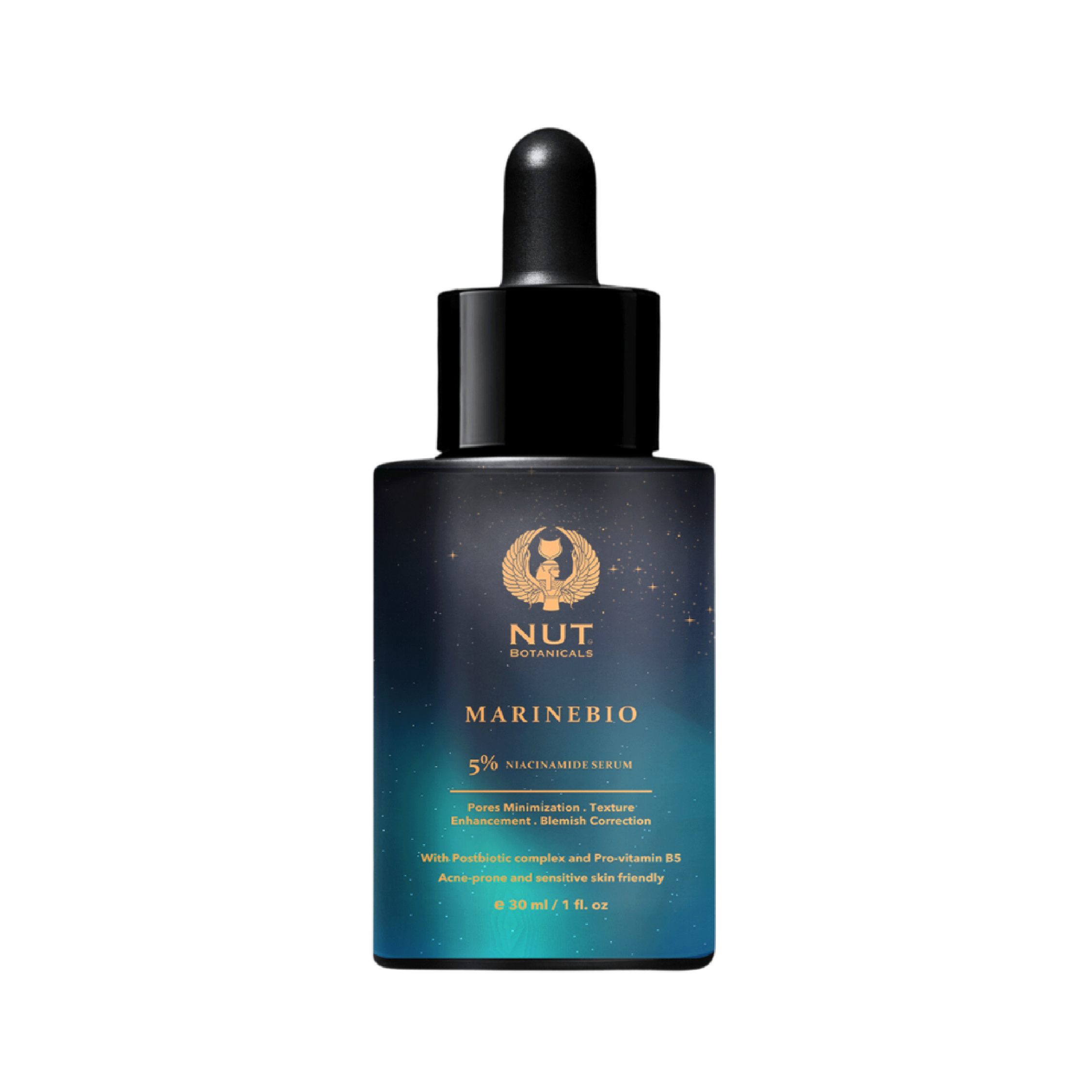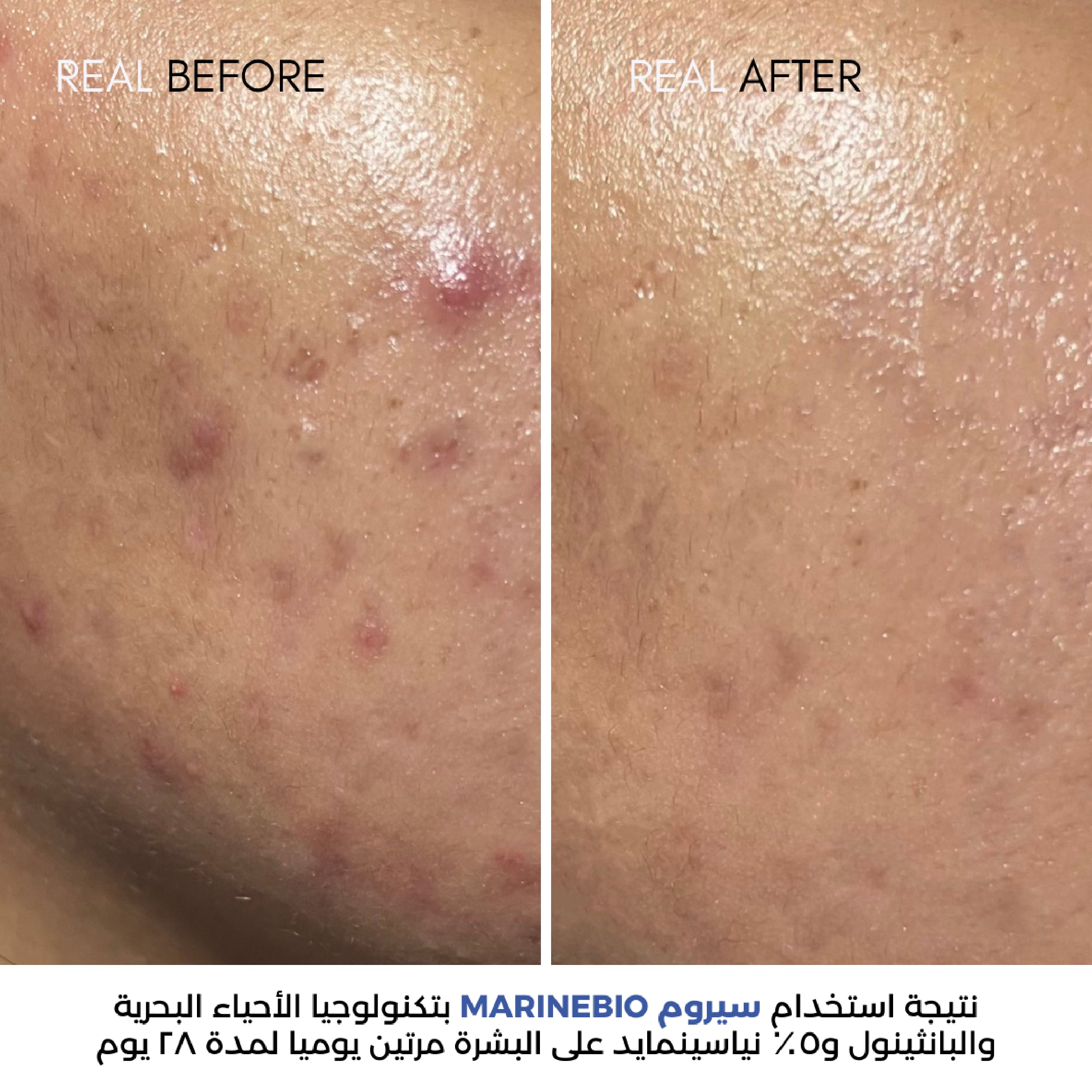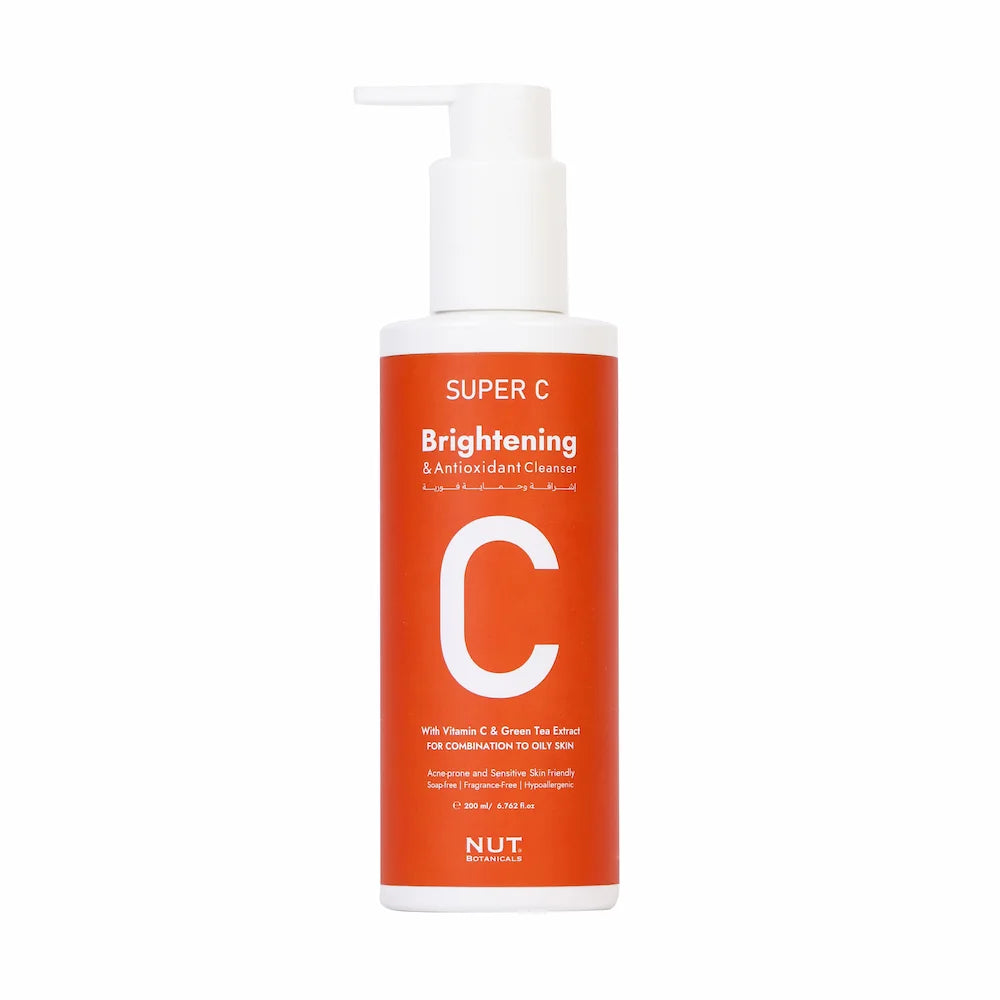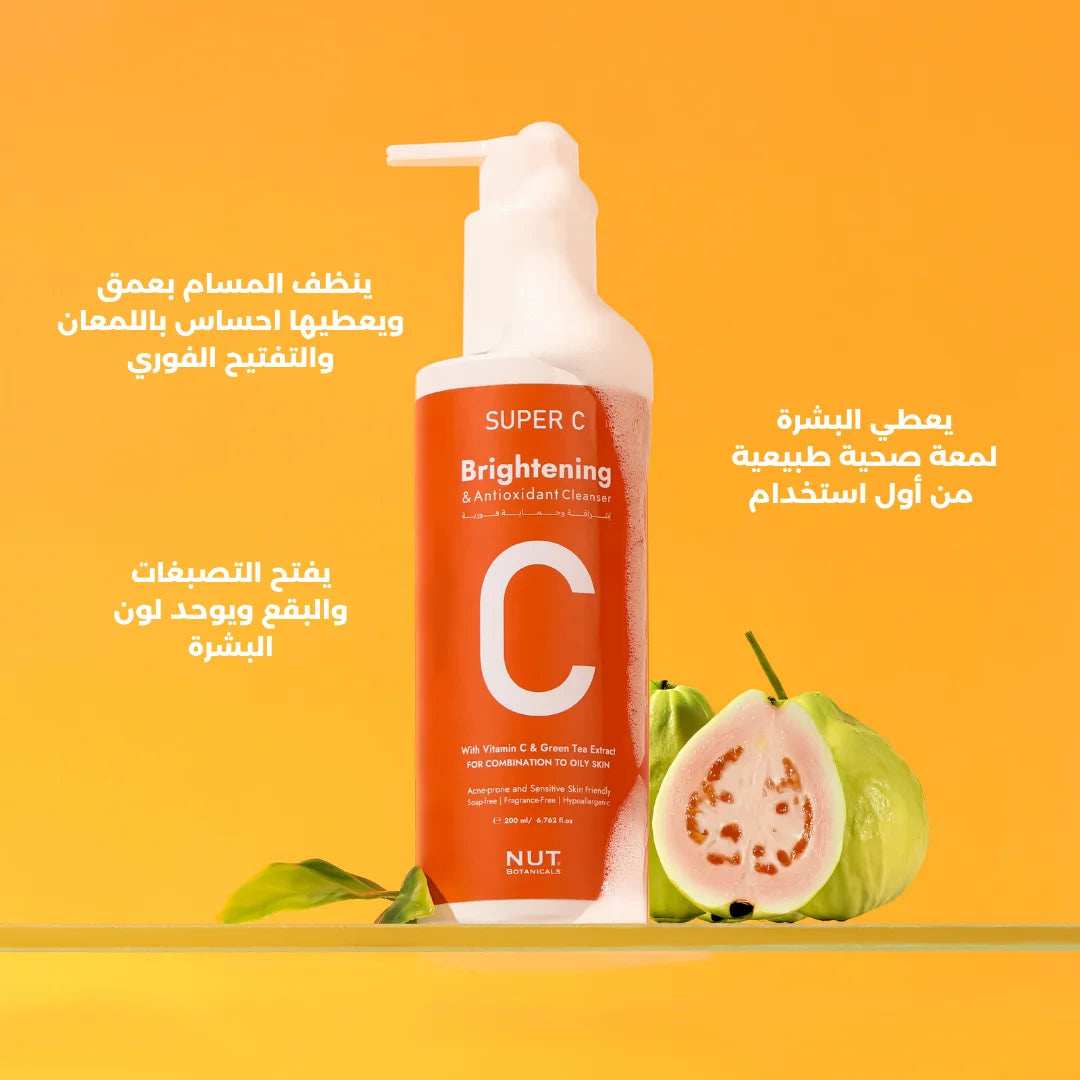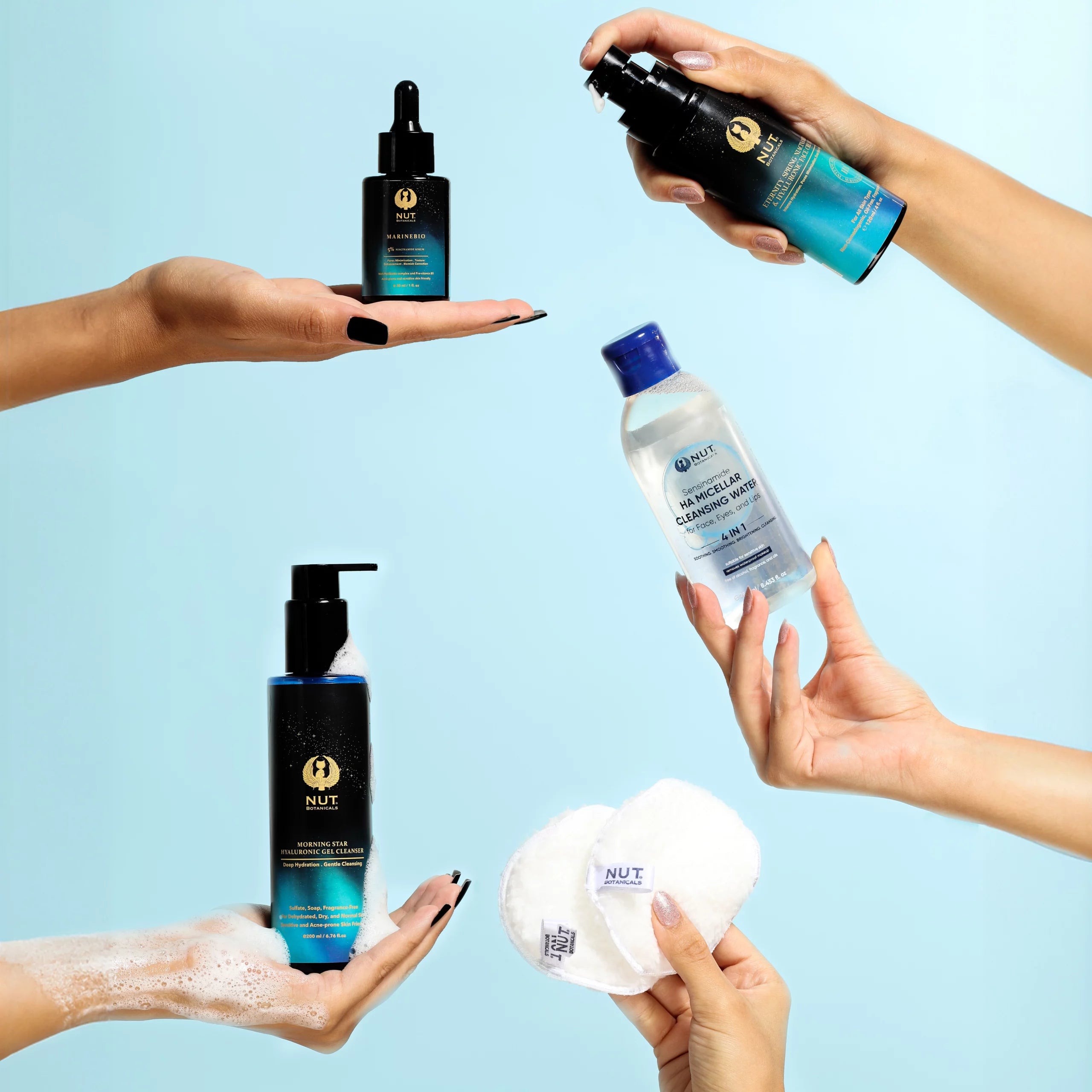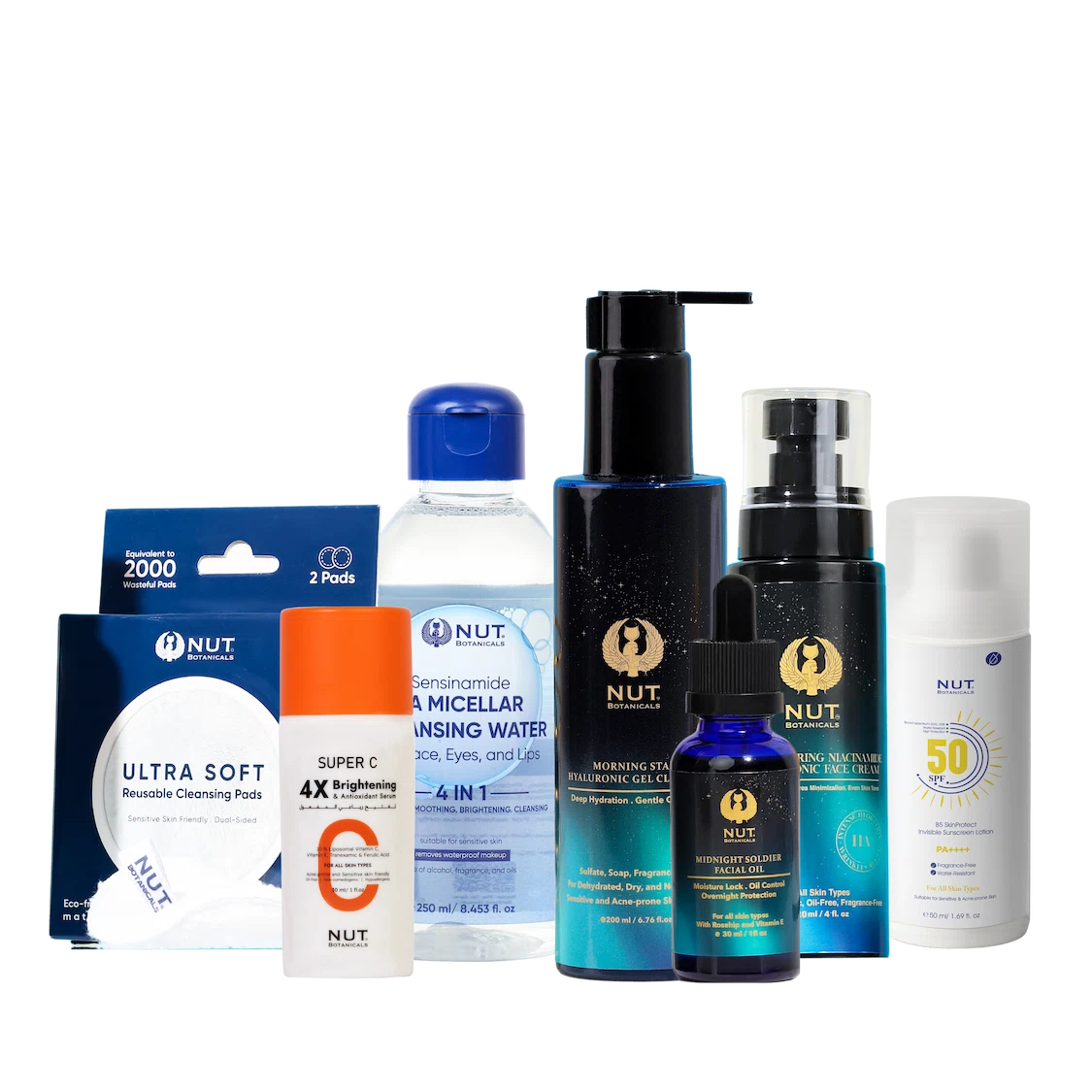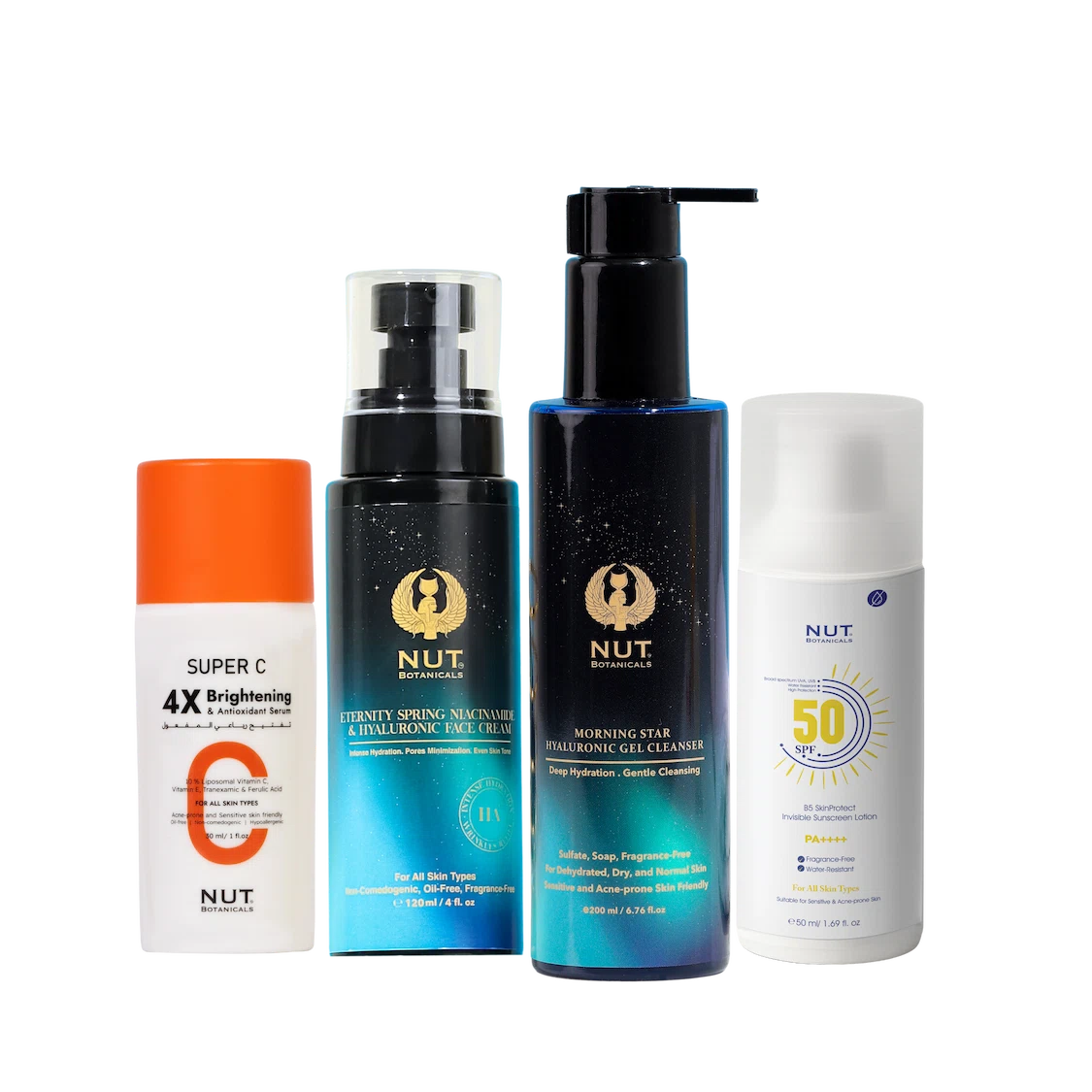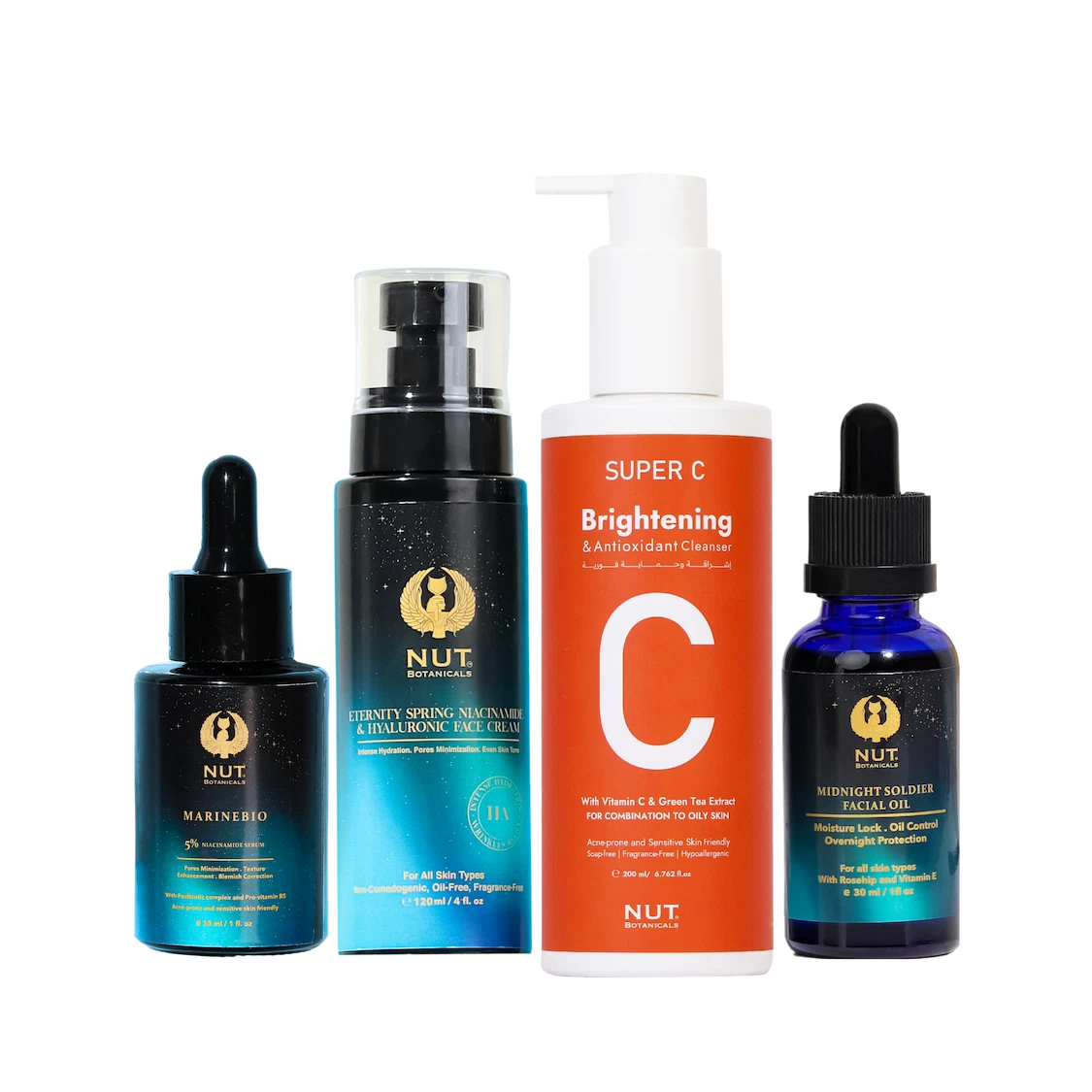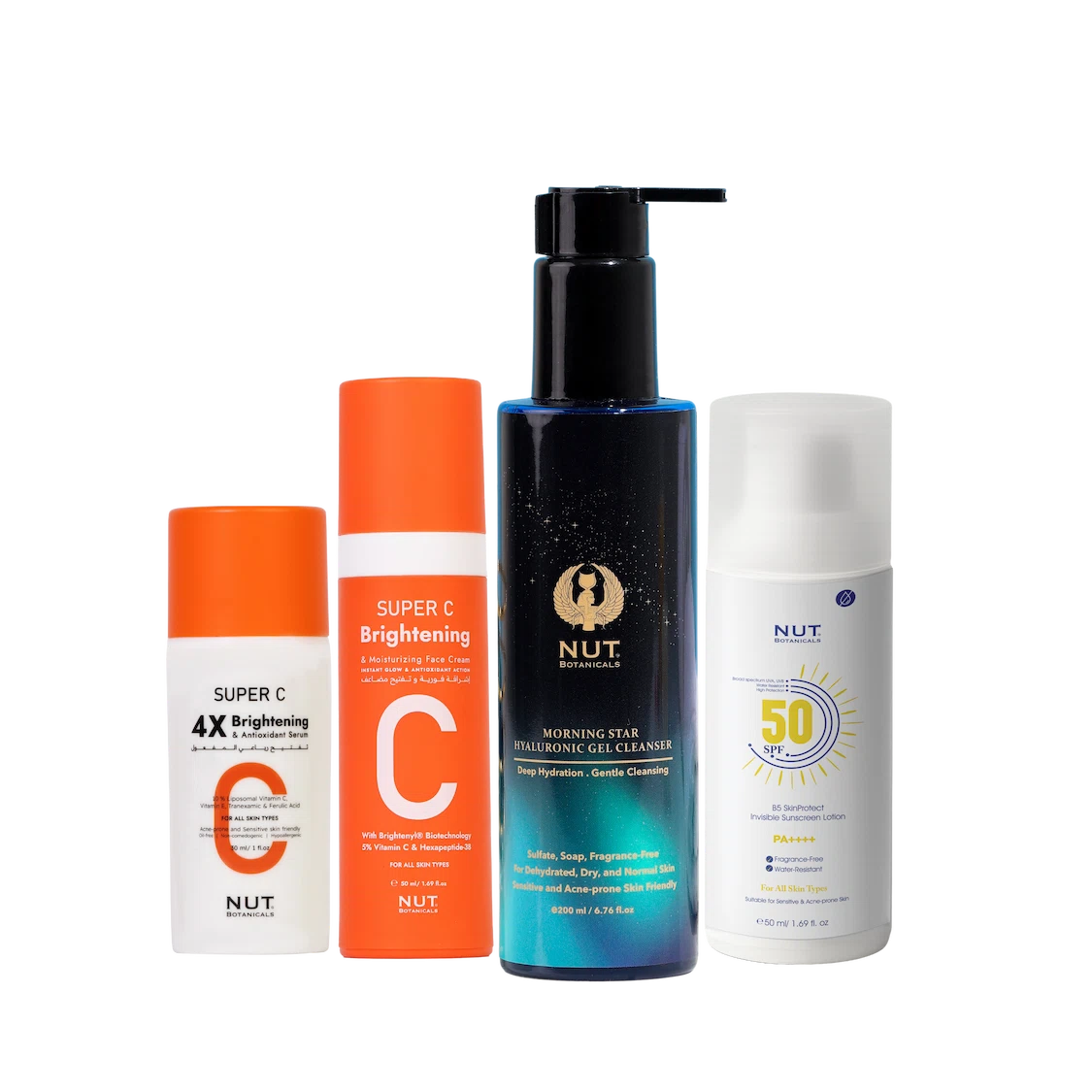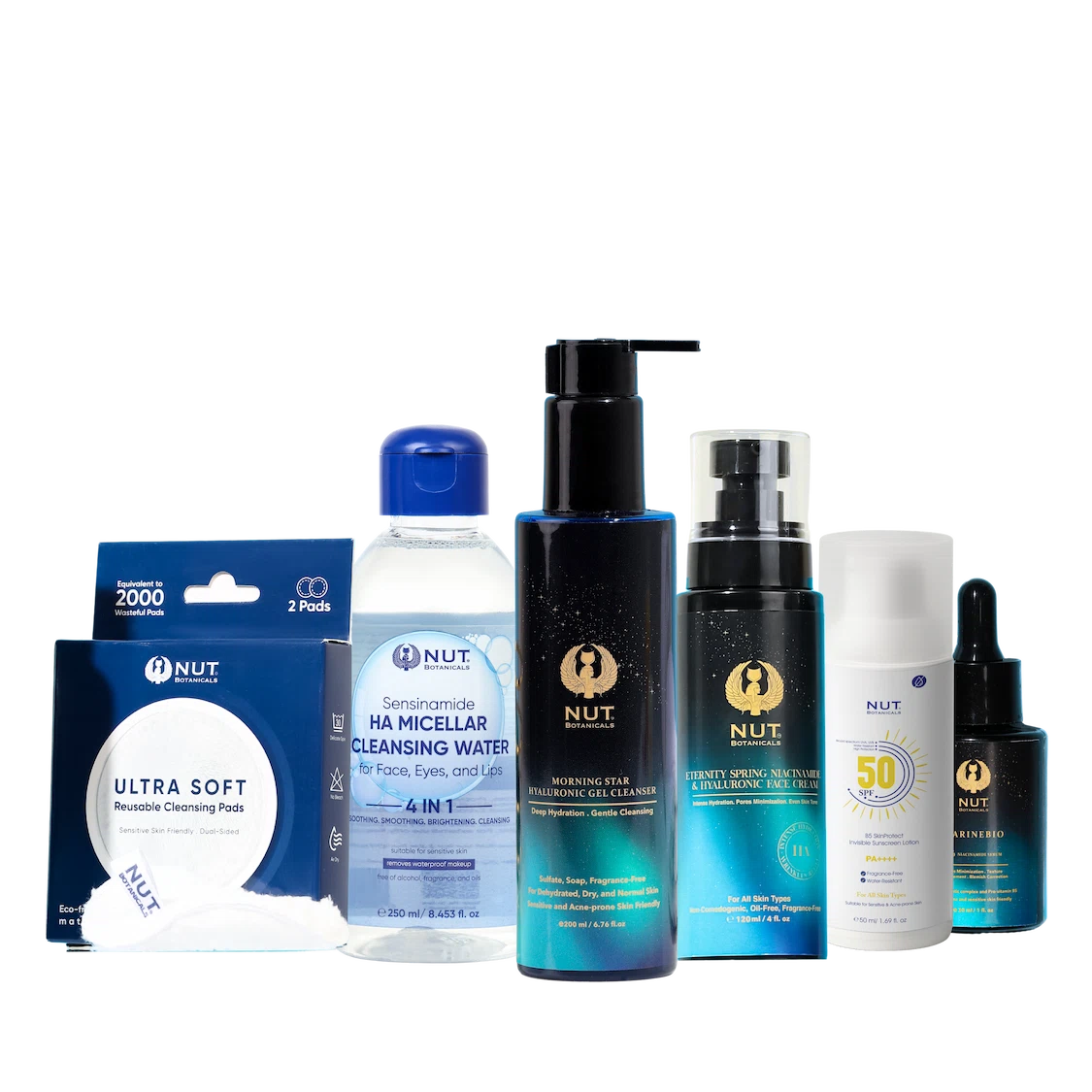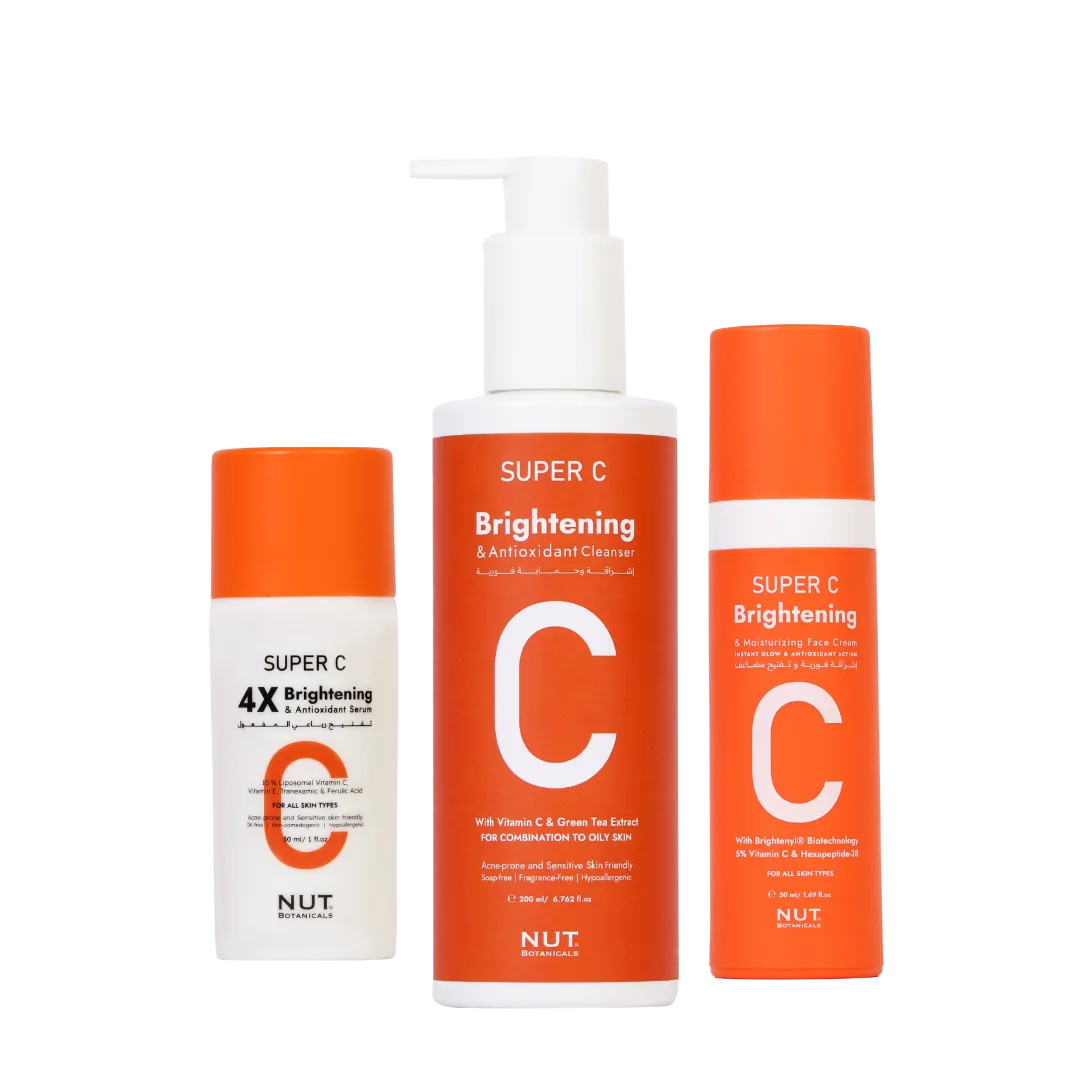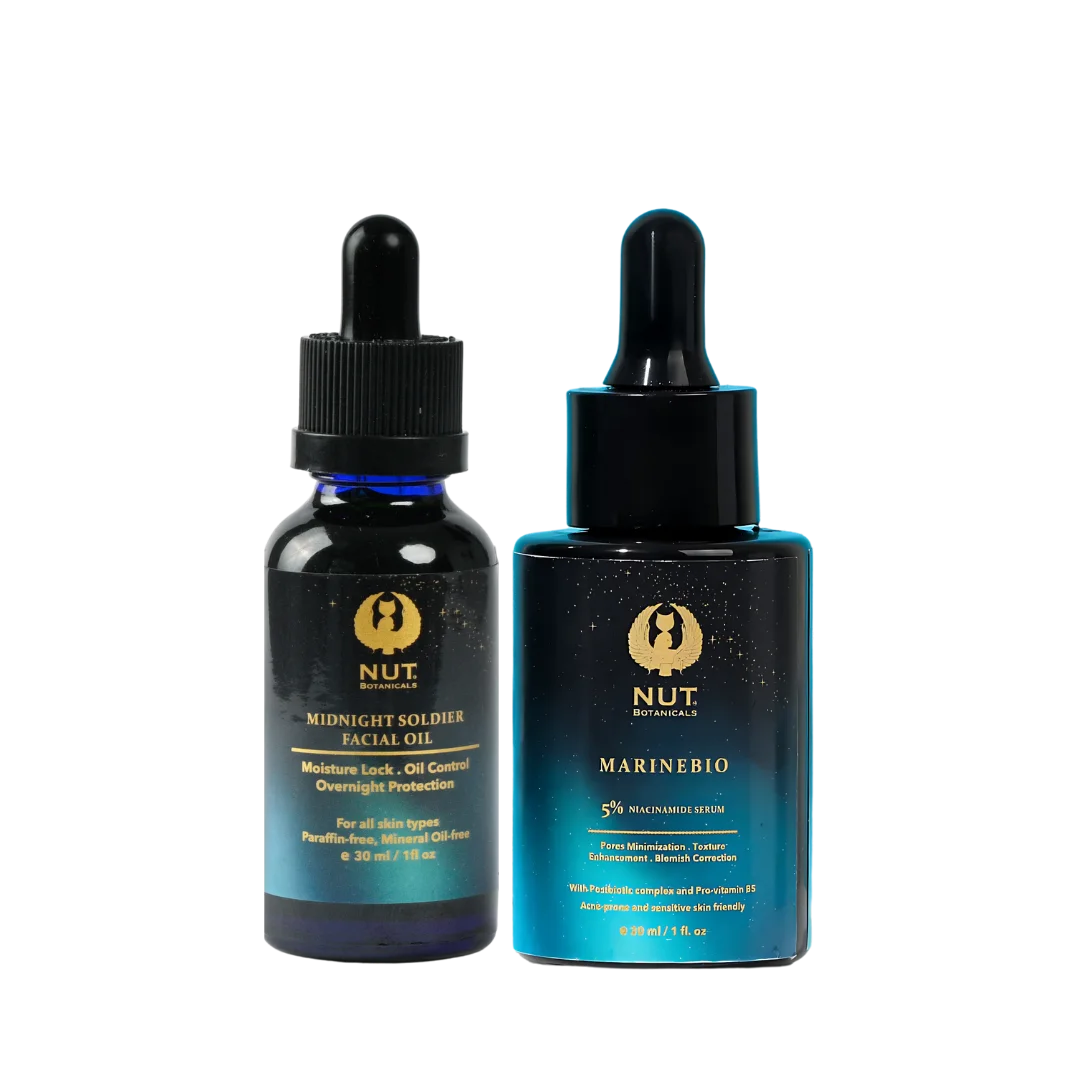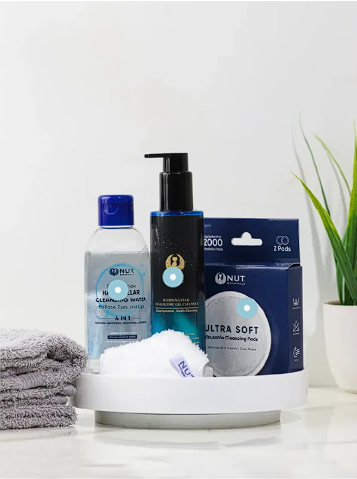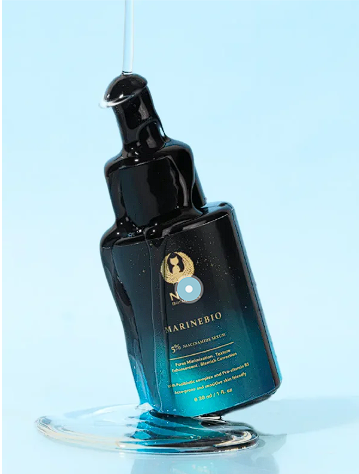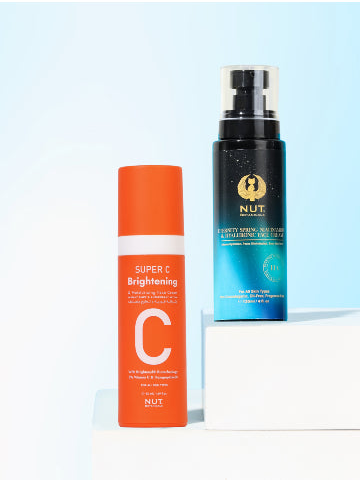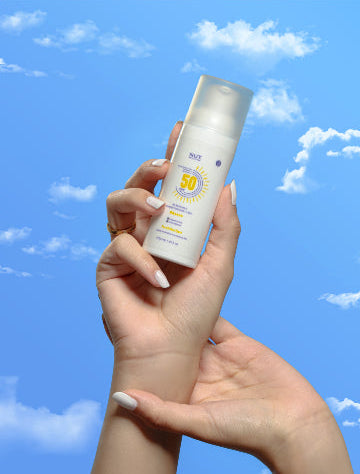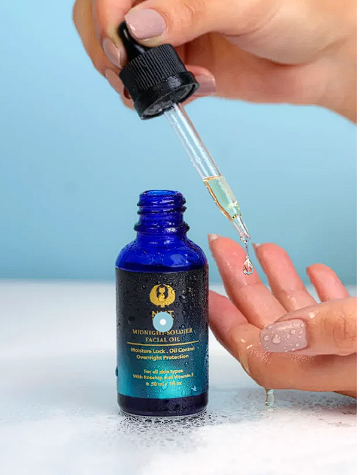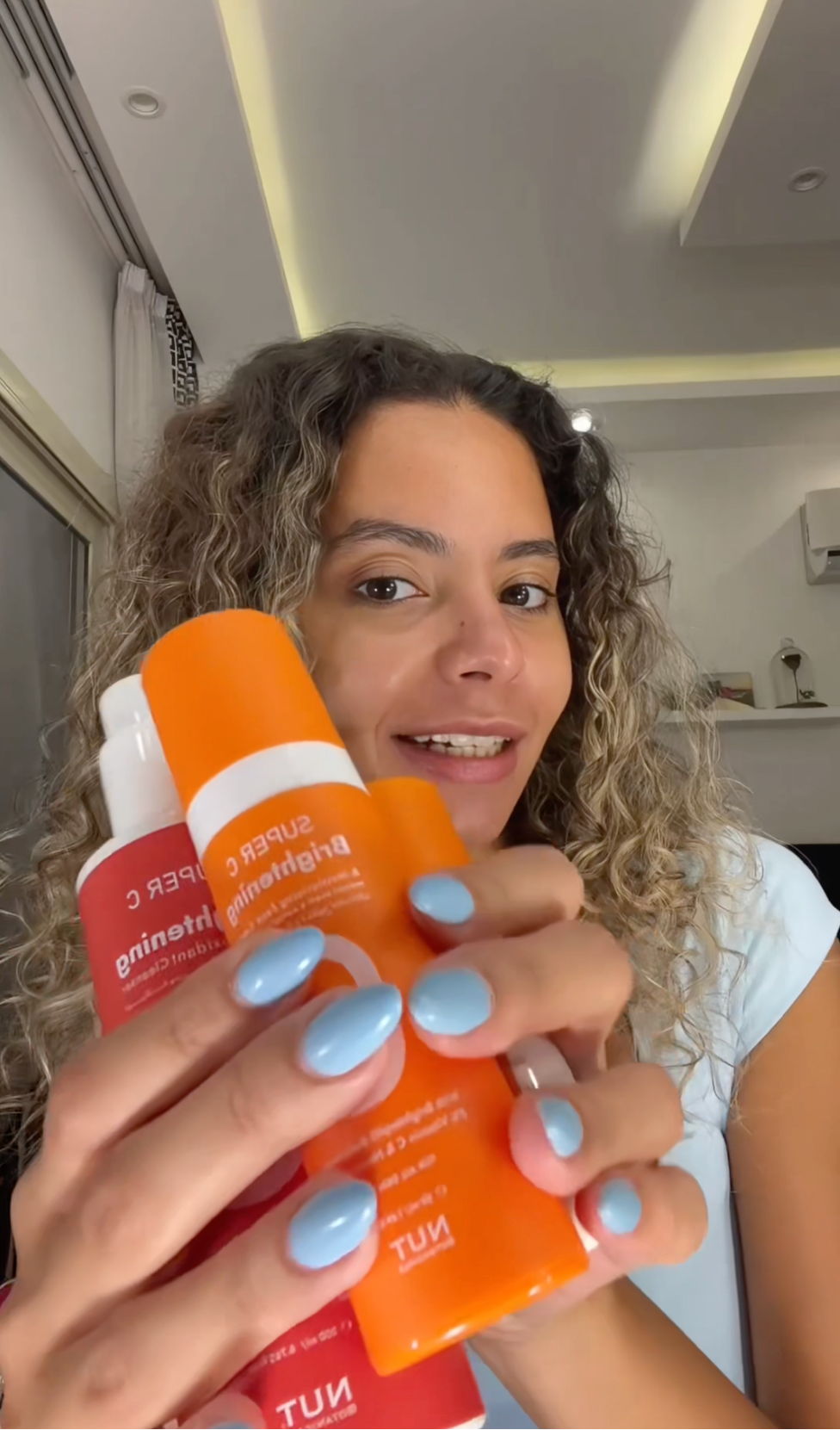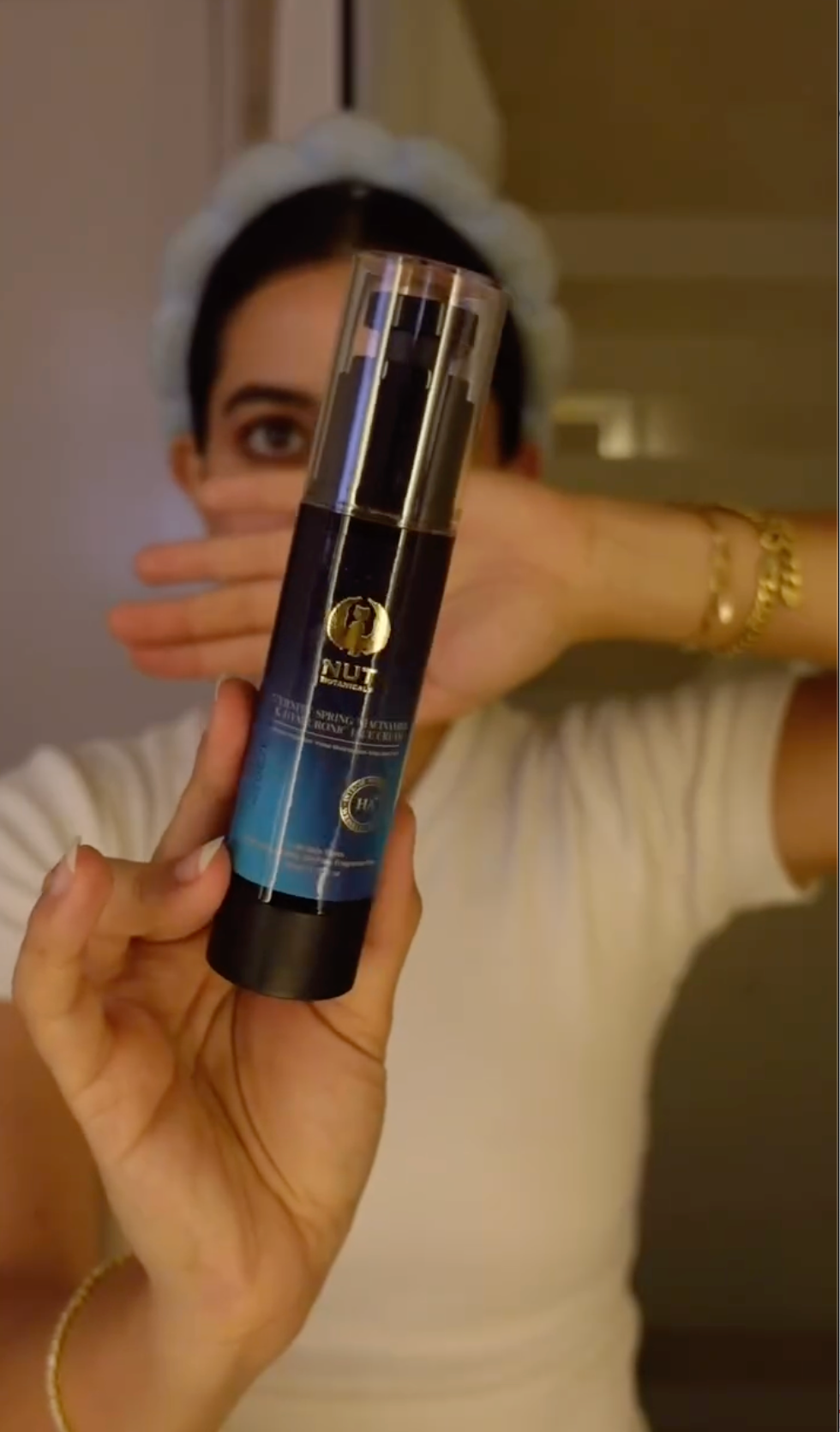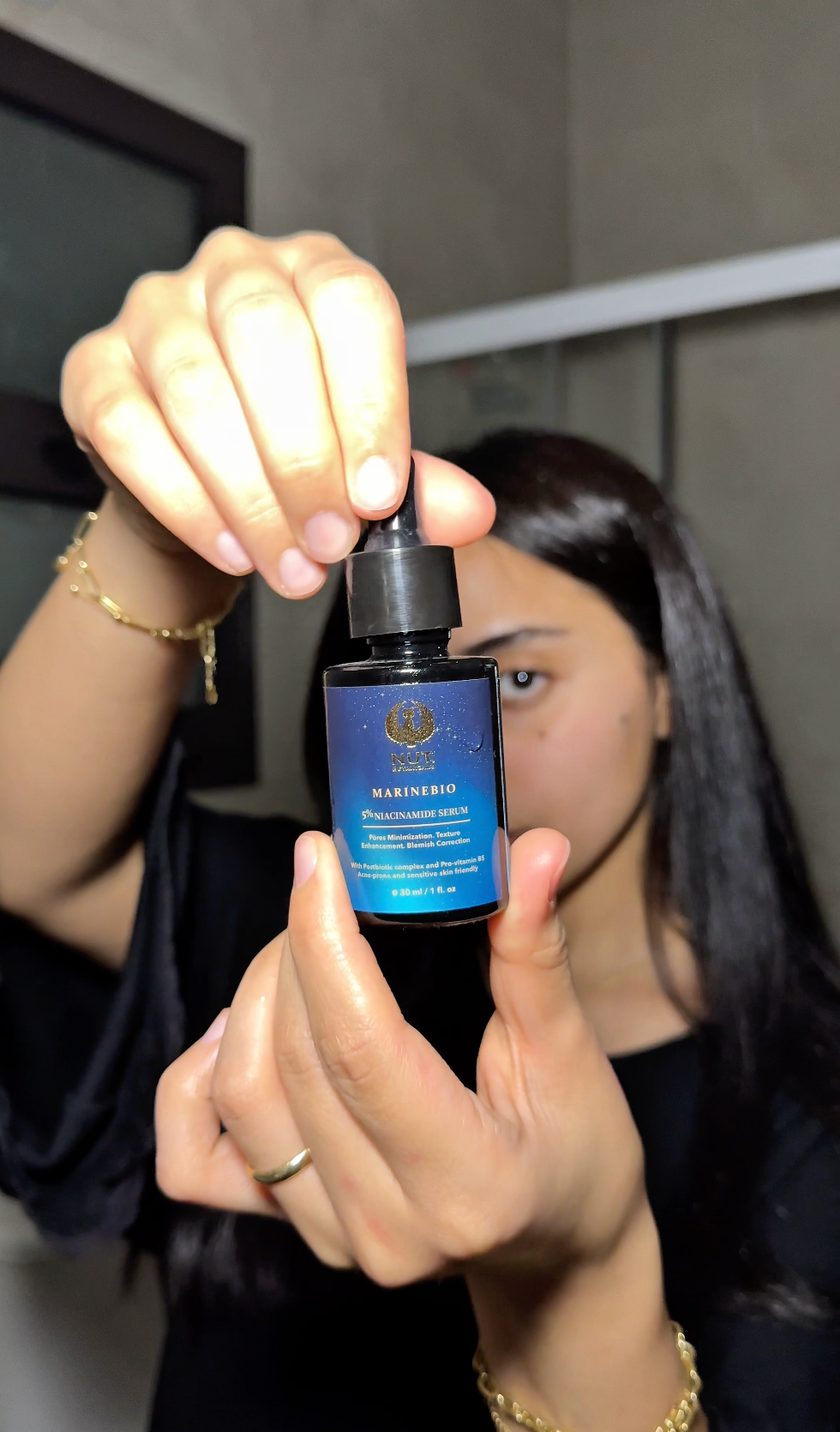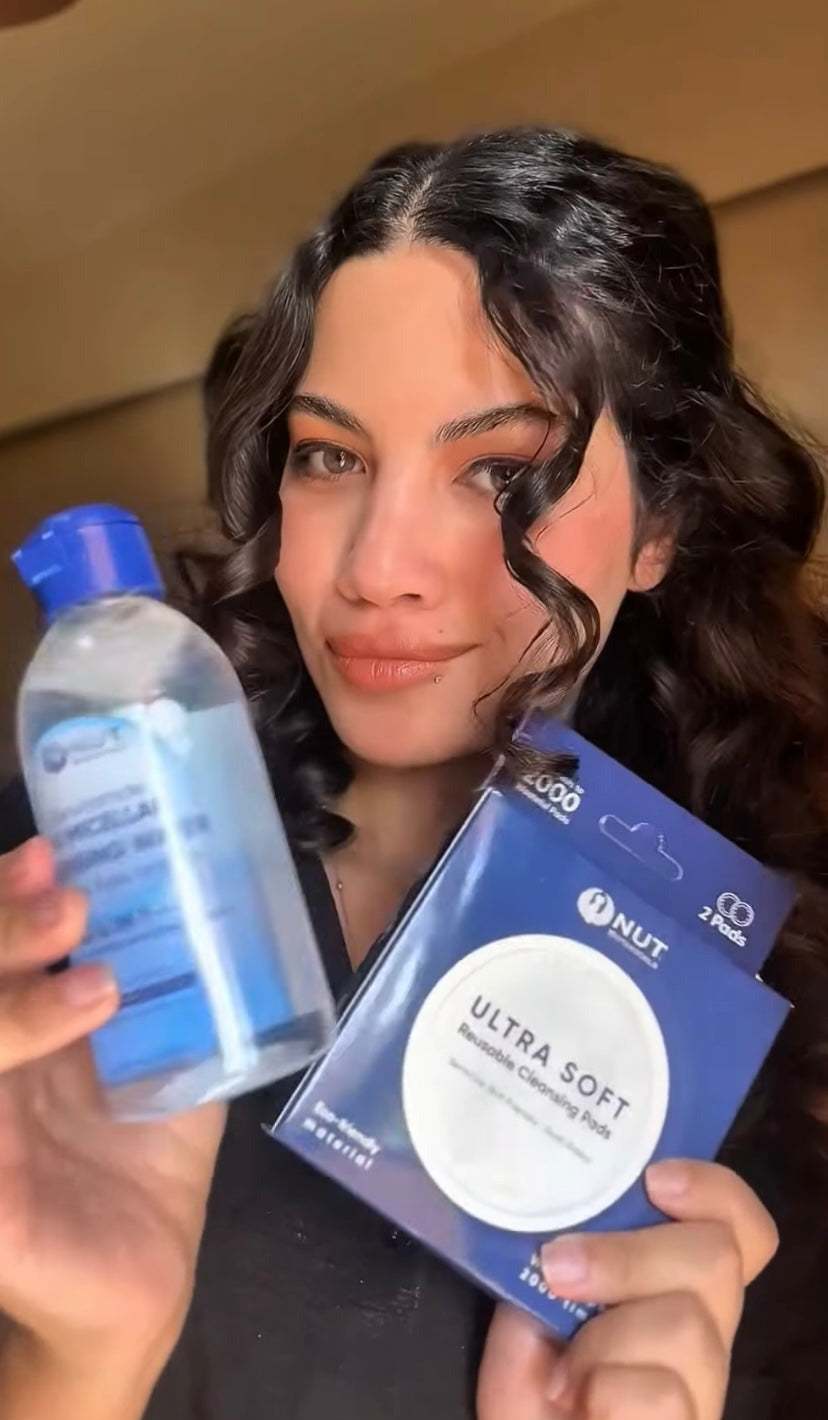MOST LOVED
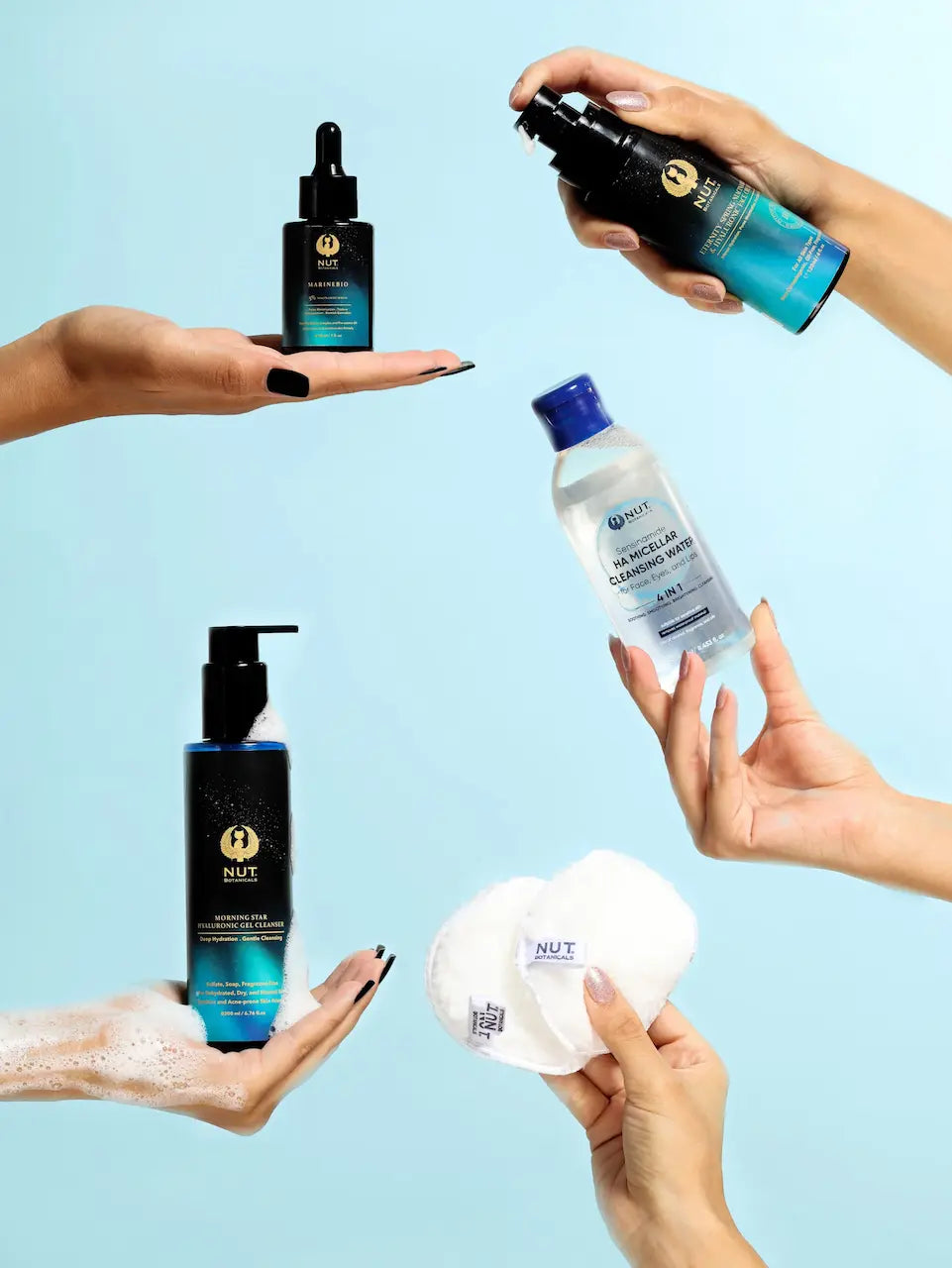
FIND YOUR SKIN TYPE
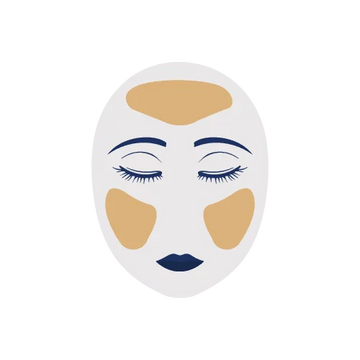
Oily Skin
My skin often feels oily, particularly by midday, and I frequently notice a shiny appearance, especially around the forehead, nose, and chin.
Your oily skin will benefit from a routine with oil control products and lightweight hydration to make your skin more balanced.
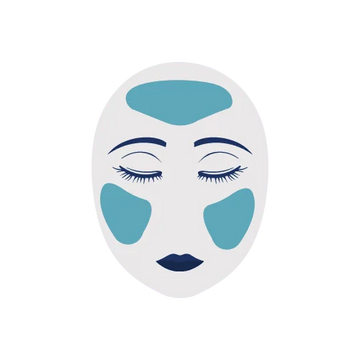
Dry Skin
My skin feels tight and sometimes flaky especially during winter, and it often appears dull or rough. I also experience irritation very frequently.
Your dry skin needs moisture and barrier-friendly ingredients. Focus on moisturizing your skin and use a gentle cleanser for more balanced skin.
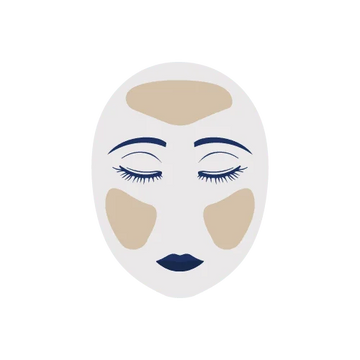
Normal Skin
My skin feels smooth to touch and doesn't experience much of dryness or oiliness. It feels balanced most of the time with a subtle natural glow.
Your normal skin needs a simple routine to maintain its balance! A cleanser, serum, moisturizer, and sunscreen will be enough!
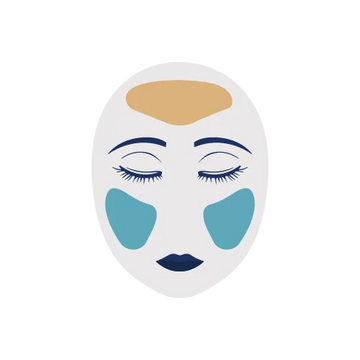
Combo Skin
I feel like I have dry areas on my face, usually my cheeks, but have excess oil and shine around my chin and nose area.
Your combination skin needs a balanced routine to address both your oily and dry areas! Focus on cleansing your oily areas effectively and use a lightweight moisturizer for a balanced look.

